Cantor Arts Center
328 Lomita Drive at Museum Way
Stanford, CA 94305-5060
Phone: 650-723-4177
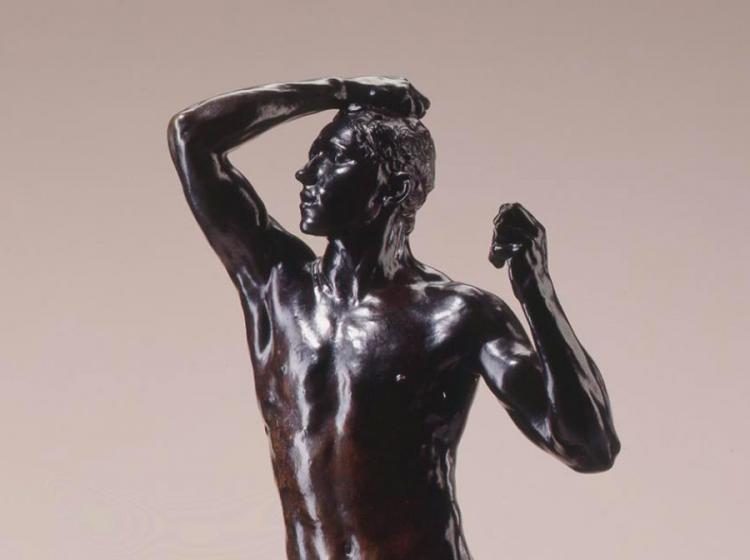
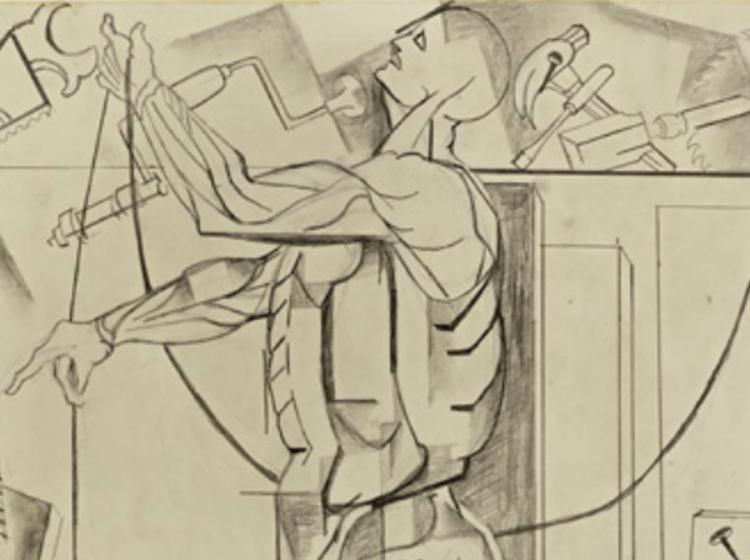
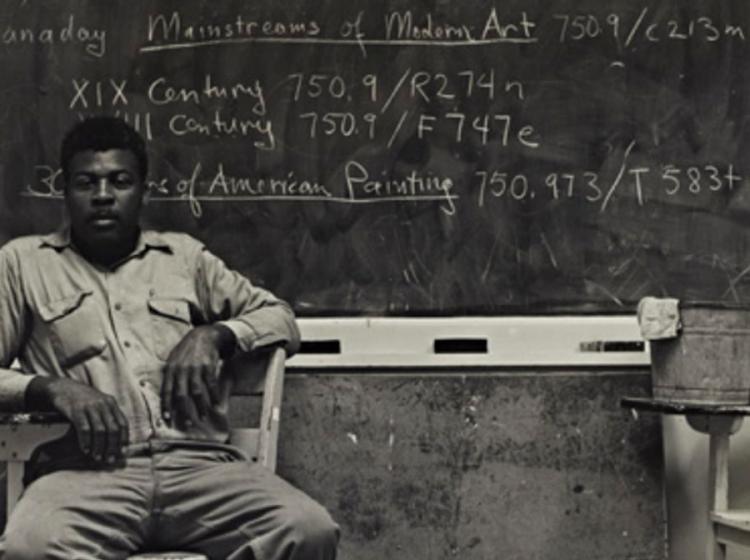
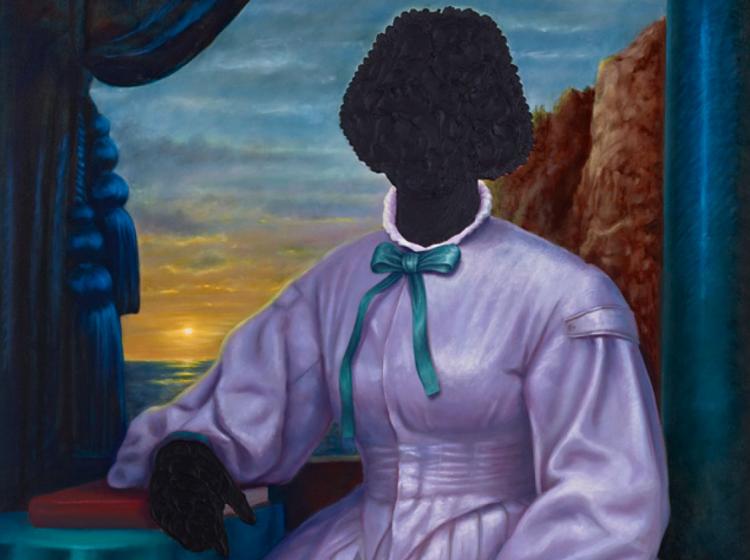
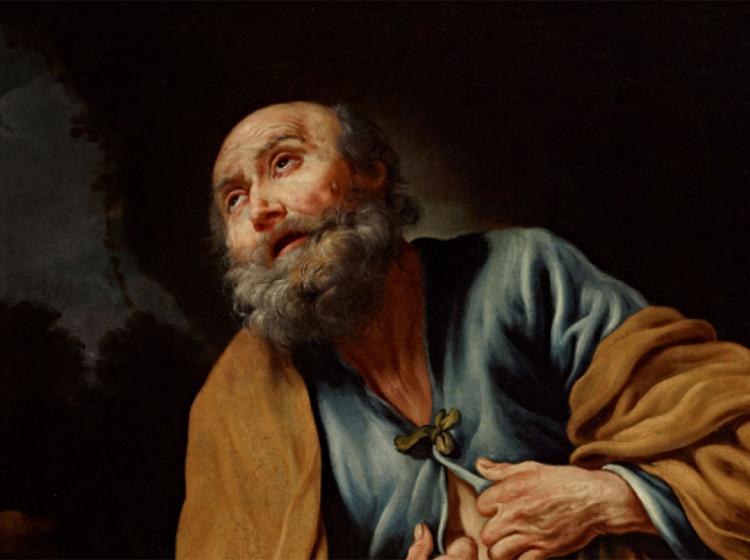
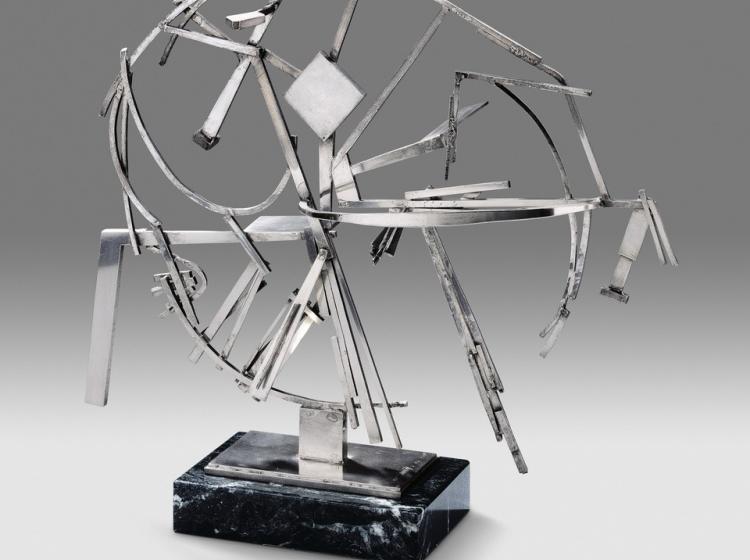
To learn more about Rodin’s lost wax casting method, which is still in use today, watch this short video from the Iris and B. Gerald Cantor Foundation: Plaster, Molds, Wax and Fire (via YouTube).
A printable PDF version of the learning guide is available.
Our collections page allows you to explore the objects related to Recasting Rodin.
A printable PDF version of the learning guide is available.
Our collections page allows you to browse through the objects related to Artists & Anatomists.
A printable PDF version of the learning guide is available.
Our collections page allows you to explore the objects related to Photography & Text.
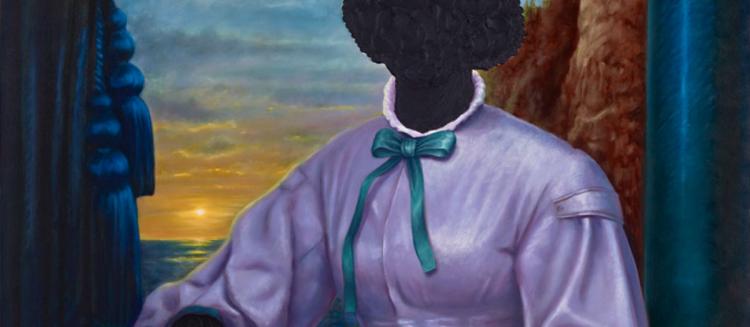
A printable PDF version of the learning guide is available.
Our collections page allows you to explore the objects related to Looking at Each Other: American Portraiture.
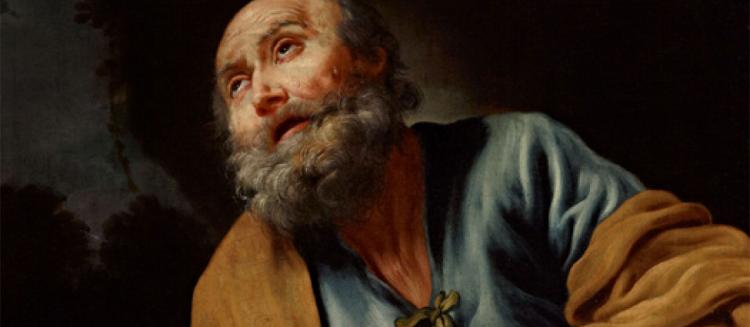
A printable PDF version of the learning guide is available.
Our collections page allows you to explore the objects related to Devotion and Doubt in the Spanish World, 1500-1800.
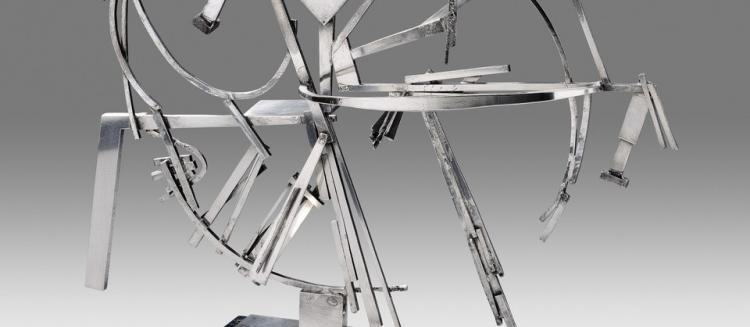
A printable PDF version of the learning guide is available.
The collections page of the Anderson Collection at Stanford University page allows you to explore David Smith's Timeless Clock.